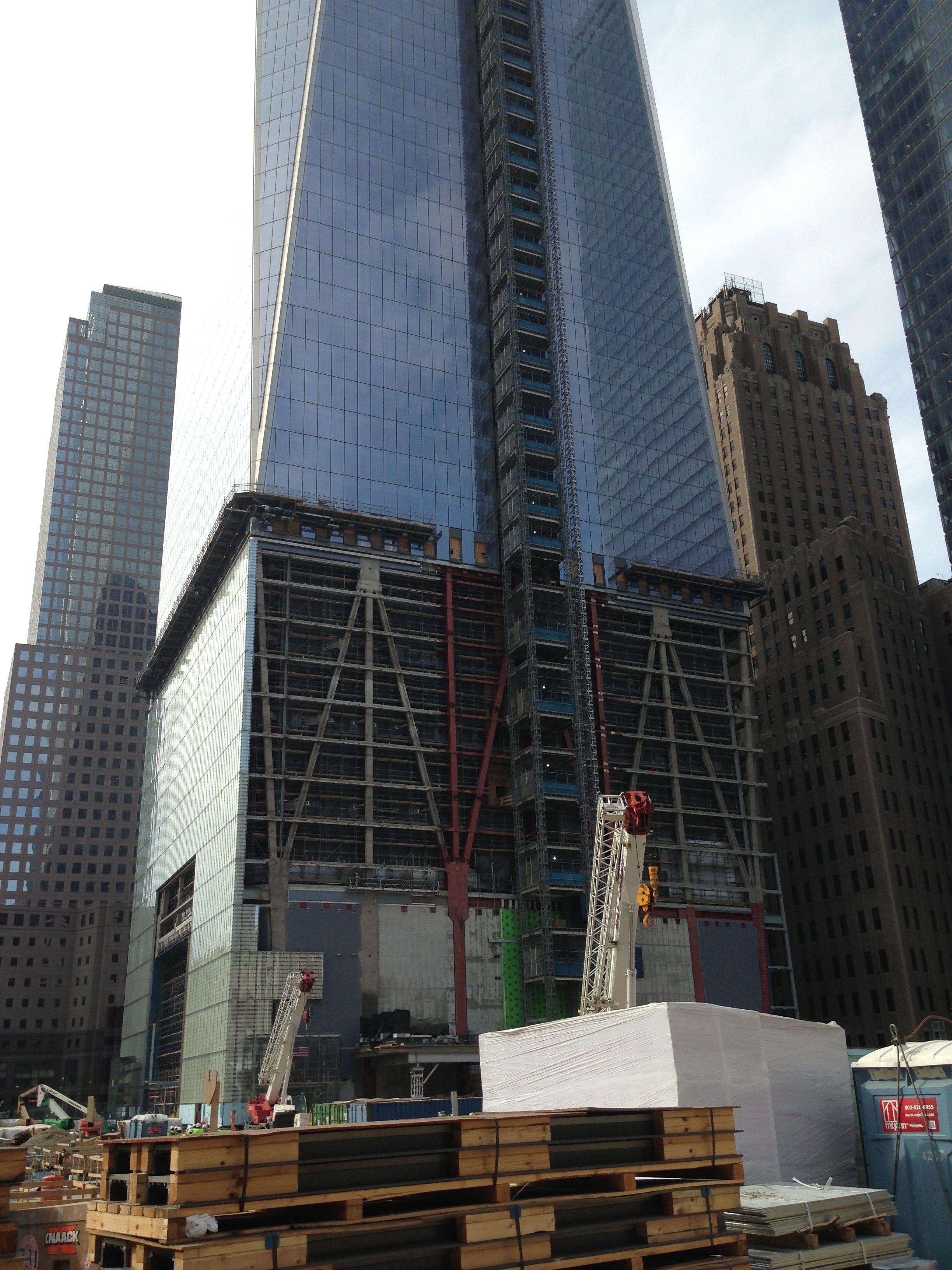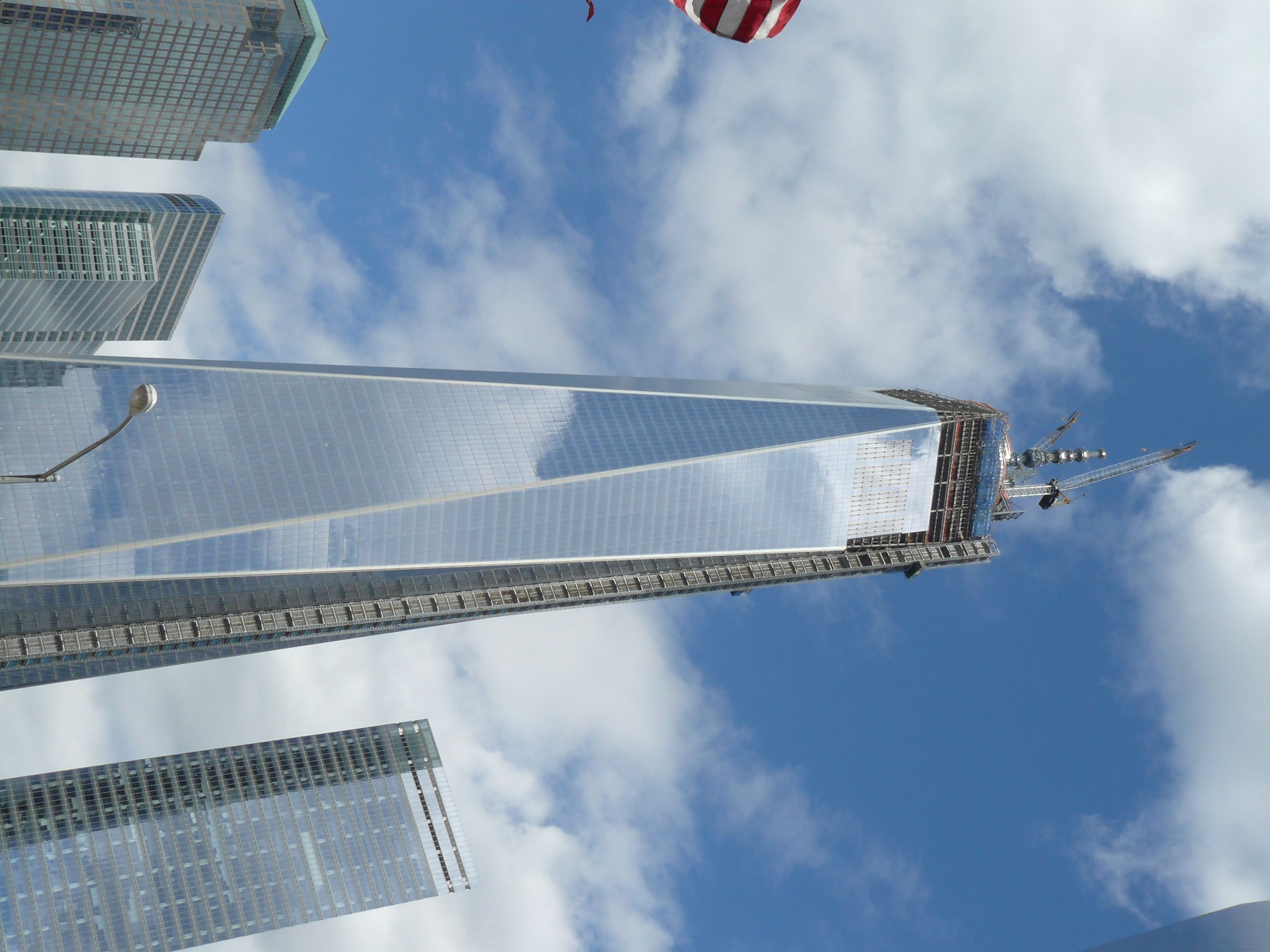

In cities increasing numbers of people live in close proximity to each other. The danger resulting from extreme situations such as natural catastrophes, accidents and terrorist attacks increases as a result. During the construction of large apartment buildings or critical infrastructure, new materials can contribute to making buildings safer in the face of such extreme conditions. A prominent example for this is the One World Trade Center in New York City, which was completed on Ground Zero in 2013.
Safety aspects also played a large role in the selection of building materials. The high-performance material DUCON®, which was developed and optimized by Fraunhofer EMI and the company DUCON, was applied there.
This material is a composite material, in which a micro steel reinforcement is imbedded in a highly resistant concrete matrix. It provides a high amount of protection under dynamic influences. With a compressive strength of over 150 megapascals and a high tensile strength of more than
6 megapascals, the concrete matrix is also characterized by an optimized microstructure with low porosity. This leads to an excellent composite with the steel reinforcement, which is essential to achieving the desired properties. The use of high-performance components and the addition of fine supplements lead to an optimization of the packing density. The low porosity but also the high strength properties can considerably enlarge the application range of the concrete materials.
The use of reinforcements in the form of micro steel mats not only has the effect of reducing brittleness but also improves the behavior at maximum loading and leads to a considerable increase of the fracture energy.
Because of its special microstructure, DUCON® is also suitable for application in aggressive environments such as sea water. Tests at Fraunhofer EMI have shown that the application of the material in critical building components provides a significantly higher level of protection.
 Fraunhofer Materials
Fraunhofer Materials